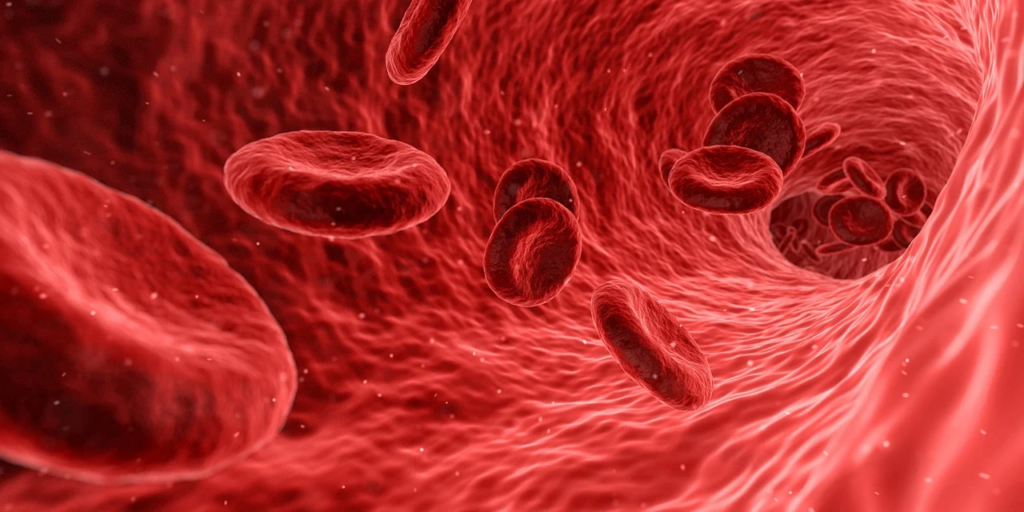Peripheral artery disease is a serious condition where plaque buildup leads to clogged arteries, causing significant discomfort and limited mobility in your extremities, usually your legs and feet. According to the Cleveland Clinic, PAD can result in leg and foot pain, cramping, and in severe cases, even limb loss. If you’re experiencing symptoms like difficulty standing for long periods or frequent leg cramps, it’s crucial to seek medical screening for PAD.

Credit: Pixabay
Early identification of PAD is key to preventing serious complications. Physicians will check for it by measuring your pulse in your feet or by performing an ankle-brachial index (ABI) test. The ABI test uses ultrasound to compare the blood pressure in your ankle with the blood pressure in your arm, which can help identify any blockages or reduced blood flow further down the chain. If you have a family history of heart disease or PAD, or if you’re experiencing swelling in your feet or ankles, it could be a sign of clogged arteries or heart failure, and you should seek medical attention immediately.
Reduced blood flow can have a significant impact on your feet. Depriving tissues of oxygen and nutrients can lead to pain, numbness, tingling, and significantly slower wound healing. Plaque buildup creating clogged arteries further restricts blood supply and contributes to PAD. Additionally, having weak heart function can cause peripheral edema, resulting in swollen legs and feet. For diabetics, nerve damage from high blood sugar levels can make foot pain and numbness even worse, emphasizing the importance of monitoring and managing blood sugar levels.
Preventing PAD and coronary artery disease (CAD) involves adopting a healthy lifestyle to prevent clogged arteries. Regular exercise and a balanced diet low in saturated and trans fats are great standards to strive for. The U.S. Department of Health and Human Services recommends at least 150 minutes of moderate exercise each week (which averages to about 20 minutes a day). Keeping an eye on your blood sugar levels, avoiding smoking, and consulting your doctor for medications to manage conditions like blood pressure or cholesterol levels are also crucial preventive measures.

Credit: Pixabay
The relationship between your heart and feet is a two-way street. Maintaining a healthy heart ensures better blood flow to your extremities, and staying active and eating a healthy diet can take pressure off your heart and feet. Without clogged arteries, your feet are happier. Regularly seeing your doctor can help manage any underlying conditions that might affect your cardiovascular and foot health. Being proactive can significantly improve your quality of life and help keep both your heart and feet in top condition.

Credit: Pexels
Your feet can provide crucial insights into your cardiovascular health, and it’s essential to pay attention to what your body is telling you. Pain, numbness, and swelling are all potential signals of serious heart problems or clogged arteries. Understanding the signs and taking preventive measures can protect your heart and ensure better overall health long-term. If you notice any issues with your feet, don’t hesitate to speak with your doctor. Early detection and treatment are key to preventing severe complications.


